Fuel Storage
ABOUT FUEL STORAGE
A fuel storage, or fuel tank, is a safe container for flammable fluids. Though any fuel storage tank may be referred to as a fuel tank, the term typically refers to the component of an engine system that stores and propels (fuel pump) or releases (pressurized gas) fuel into the engine. Fuel tanks range in size and complexity from the plastic tank of a butane lighter to the multi-chambered, cryogenic external tank of the Space Shuttle. Metal (steel or aluminum) fuel tanks are welded from stamped sheets and other technologies are used to manufacture automobile fuel tanks. Although this technology is excellent at reducing fuel emissions, it tends to be less competitive and thus less prevalent in the market. However, until recently, automotive fuel tanks were almost exclusively made from sheet metal. The second material consists of plastic high-density polyethylene (HDPE) fuel tanks manufactured through blow molding. Blow molded HDPE is able to take the form of complex shapes, enabling the tank to be mounted directly over the rear axle, thereby saving space and enhancing crash safety.
DESIGN OF A FUEL STORAGE
Despite the fact that the majority of tanks are manufactured, some fuel tanks are still created by metal artisans or by hand in the case of bladder-style tanks. Included among these are custom and restoration tanks for automobiles, aircraft, motorcycles, boats, and even tractors. The construction of fuel tanks involves a sequence of distinct steps. Typically, the craftsman creates a foam board mockup to determine the exact size and shape of the tank. The location of the tank's outlet, drain, fluid-level indicator, seams, and baffles is then determined, among other design considerations. The craftsmen must then determine the thickness, temper, and alloy of the sheet used to construct the tank. After the sheet is cut into the required shapes, various pieces are bent to create the tank's basic shell, ends, and baffles. Numerous baffles on fuel tanks (particularly in aircraft and racecars) feature lightning holes. These flanged holes serve two purposes: they reduce the tank's weight and reinforce the baffles. At the conclusion of construction, the filler neck, fuel pickup, drain, and fuel-level sending unit openings are added. Sometimes these holes are created on the shell's flat surface, and sometimes they are added at the end of the fabrication process. The baffles and ends can be secured with rivets. To prevent tank leaks, the heads of the rivets are frequently brazed or soldered. The fuel tank is then leak-tested after the ends have been hemmed in and soldered, flanged and brazed (sealed with an epoxy-type sealant), or flanged and welded.
FUEL STORAGE IN VIVID RACING
It is rarely easy to find the ideal aftermarket component. We completely understand, and we are here to assist you in locating the best fuel storage and upgrades for your particular application. Our passion is assisting customers in creating their dream vehicles. Vivid Racing guarantees that their products meet the quality, comfort, and strength requirements of their customers.

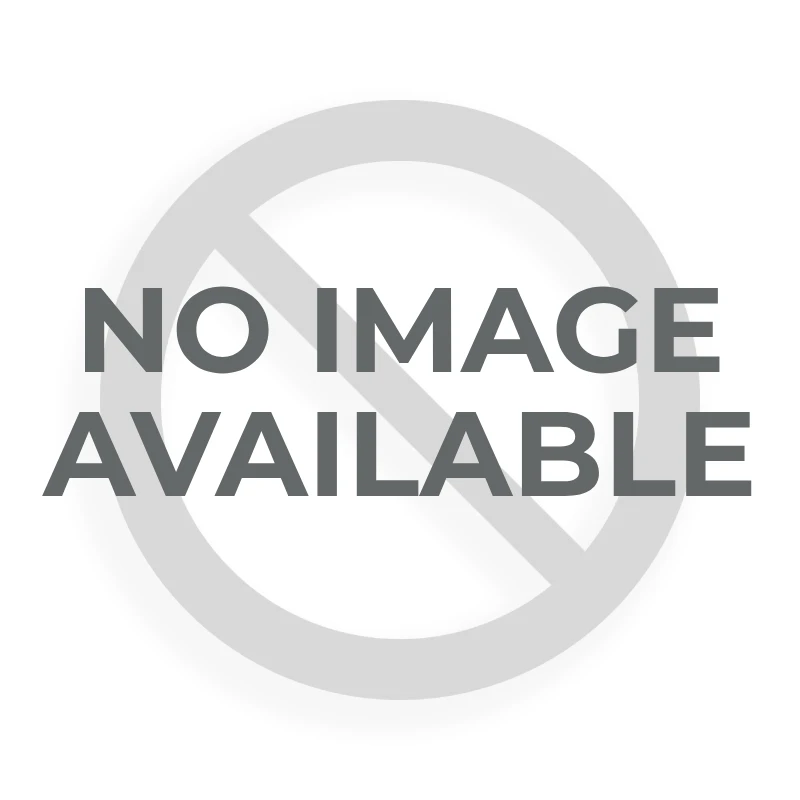.jpeg?q=90&p=thumb&w=200&h=200)
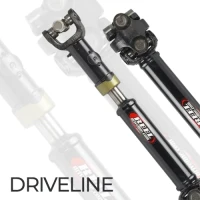
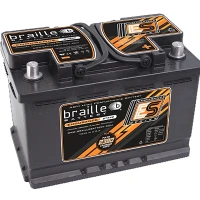
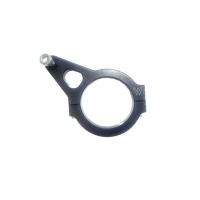
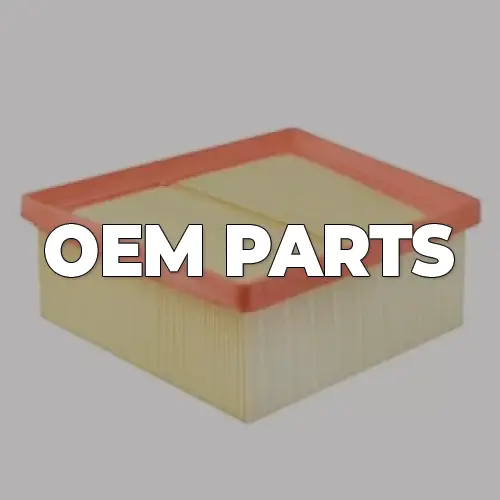






.jpeg?q=90&p=thumb&w=40&h=40) Brakes
Brakes  Driveline
Driveline  Electronics
Electronics  Handlebars & Controls
Handlebars & Controls  Package Deals
Package Deals  Wheel Accessories
Wheel Accessories  Wheels by Vehicle
Wheels by Vehicle  Universal & Repair
Universal & Repair  Vivid Racing Gear
Vivid Racing Gear